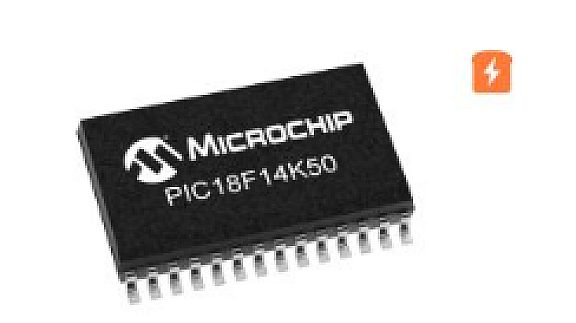Beyond the DMM and soldering iron, one of the most useful and important tools to have in your lab is an oscilloscope. Deciding on an oscilloscope can be a daunting task considering all the options available, considering not just your current but also your future needs, and that oscilloscopes are generally expensive.

Here are some guidelines for choosing one:
1. Bandwidth
You’ll need an oscilloscope that can greatly exceed the bandwidth of the signals you’re trying to measure. For acceptable accuracy and measurement error, the general rule is that the scope should have 5x the signal bandwidth. The bandwidth is determined by the point where the scope will measure a signal 3db less than it actually is due to its frequency limitations. For example the wave would be read as 0.707V instead of 1V, and that’s bad!
2. Sample Rate
Sample rate is the number of times the oscilloscope measures the signals per second (samples/second or S/s). Like bandwidth, you’ll want to have 5x or more sample rate than the frequency of the measured signals.
3. Rise Time
This is especially important when analyzing digital signals. In order to accurately capture the rise in signal train, the oscilloscope must be able to see at least two points between the beginning of the voltage change and it’s final level. Similar to the bandwidth 5x rule, the oscilloscope’s rise time should be less than ⅕ of the rise times that you are trying to measure. For Bandwidth, Sample Rate, and Rise Time you won’t likely find one with exactly the speed you’re looking for, so you’ll have to buy the next model up and enjoy the extra headroom and features that will come with that.
4. Number of Channels
At the lower end of price and performance you’ll generally have two inputs, and going up will expand that to 4 inputs. Higher end scopes will typically have more channels available anyway so it is less of a consideration there.
5. Triggering and the magic Auto button
Oscilloscopes have come a long way in the past few decades. It used to be that the user would manually adjust all of the parameters, and have to know the window of settings to adjust to. With onboard microprocessors and software, newer scopes have a ton of different triggering modes and tools available. If you need it, you can have rising, falling, glitch, pulse and one-shot triggers (and more) on a digital oscilloscope. Then most newer scopes have the magic Auto button that can automatically sense and adjust the time and amplitude ranges, and these often do a good job of getting a new user adjusted into the relevant range quickly.
6. Processing power
Along with the automatic measurements look for other scope capabilities like statistical calculations, FFT, reference waveforms, and mathematical operations like adding,subtracting,multiplication, and division to manipulate your signals. You should also be able to program settings into memory or profiles to quickly set up measurements you make often or need to repeat in the same conditions for consistency. These operations can help spot glitches or analyze the circuit you are measuring.
7. Connectivity and Upgrades
This section will deal with how you expect to connect the scope and its future use. If it is going to be heavily used in a lab setting, the ability to connect the scope to a computer, USB drive, to an external monitor, or to a network is very useful. It is also good to make sure the scope can be expanded or upgraded with extra memory, application specific software or software updates, and physical attributes like batteries, probes, and other hardware.
Conclusion
In the last few years oscilloscopes have really come down in price and are surprisingly capable. With so many to choose from it is important to make sure you choose a scope that hits your top priorities to do the job you’re needing it to do now, as well as the ability to handle measurements you may do in the future.











